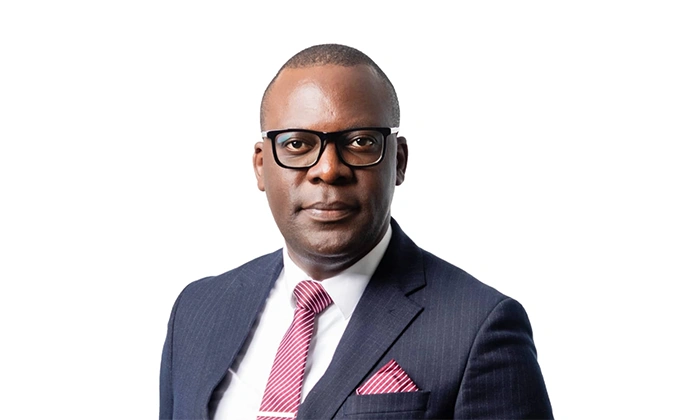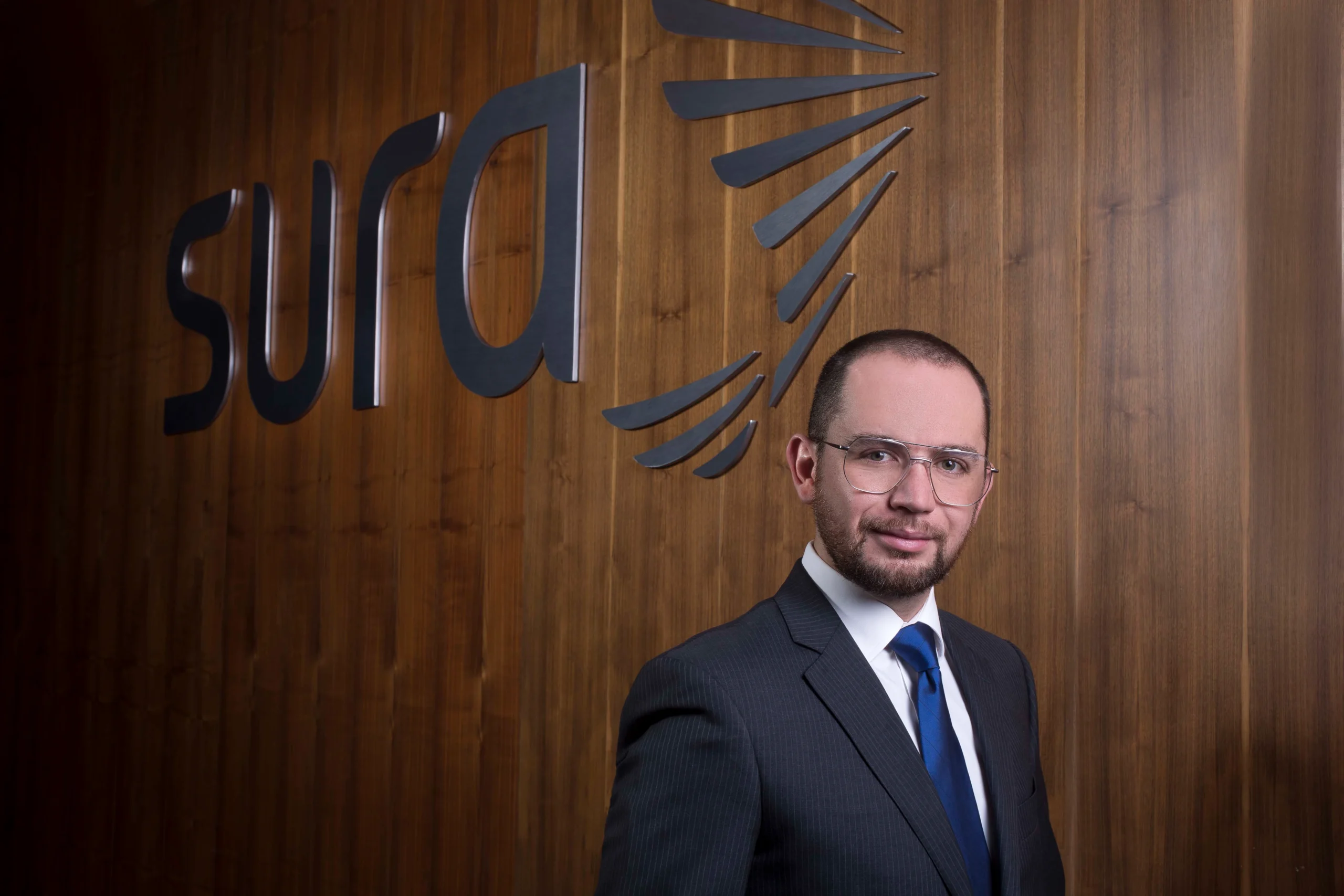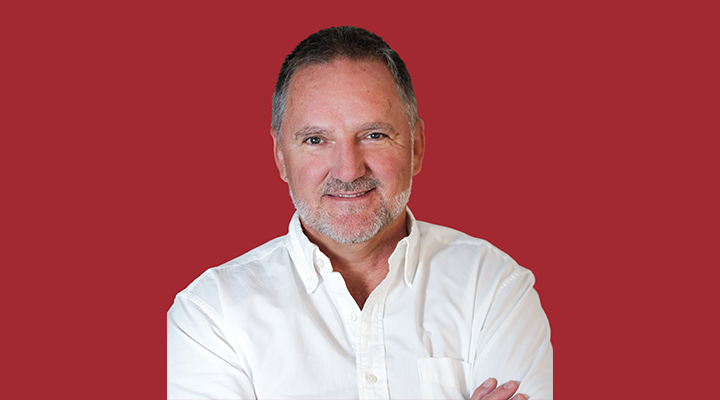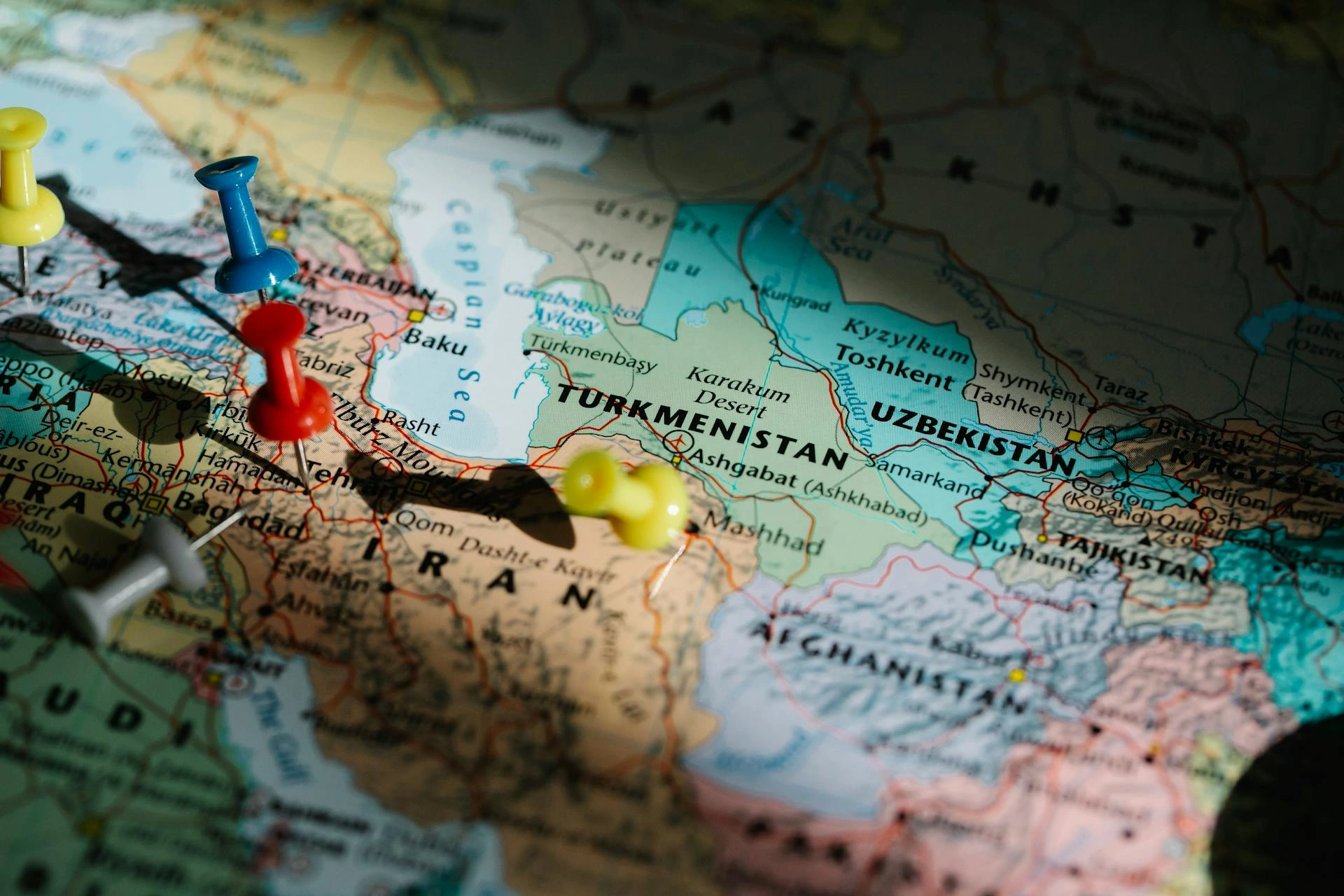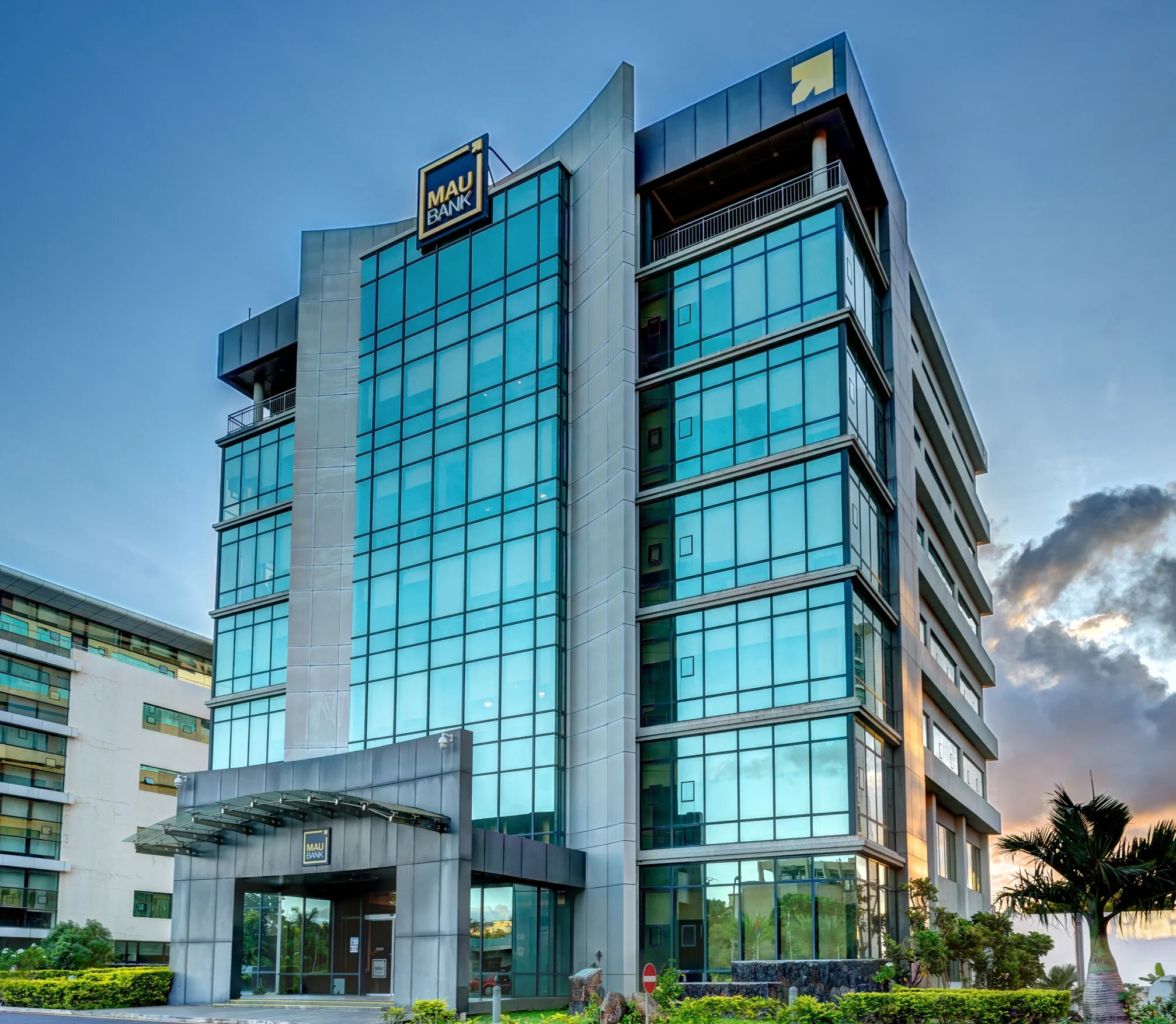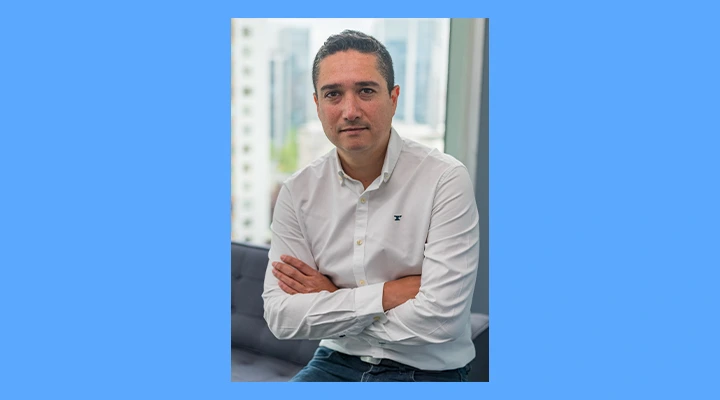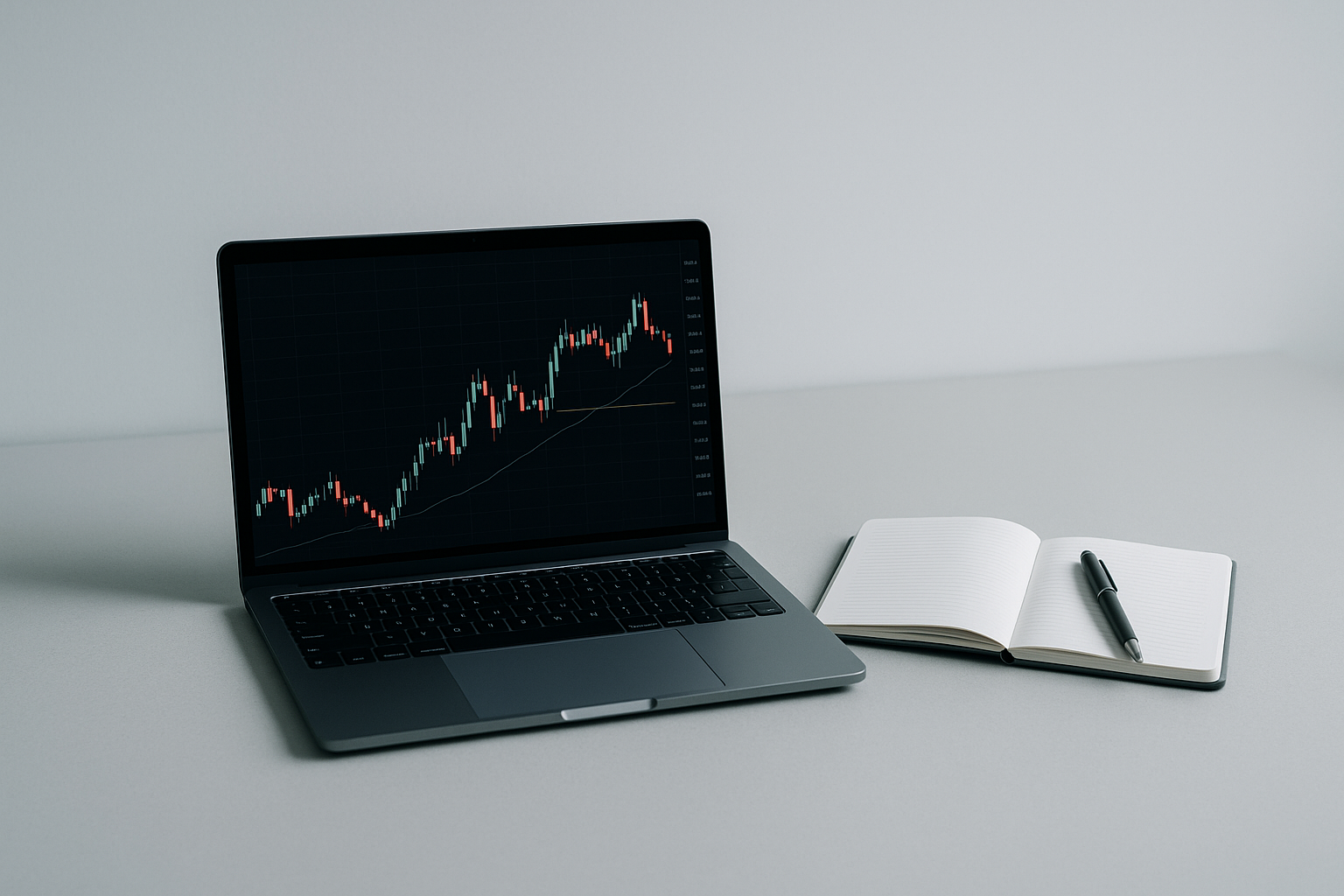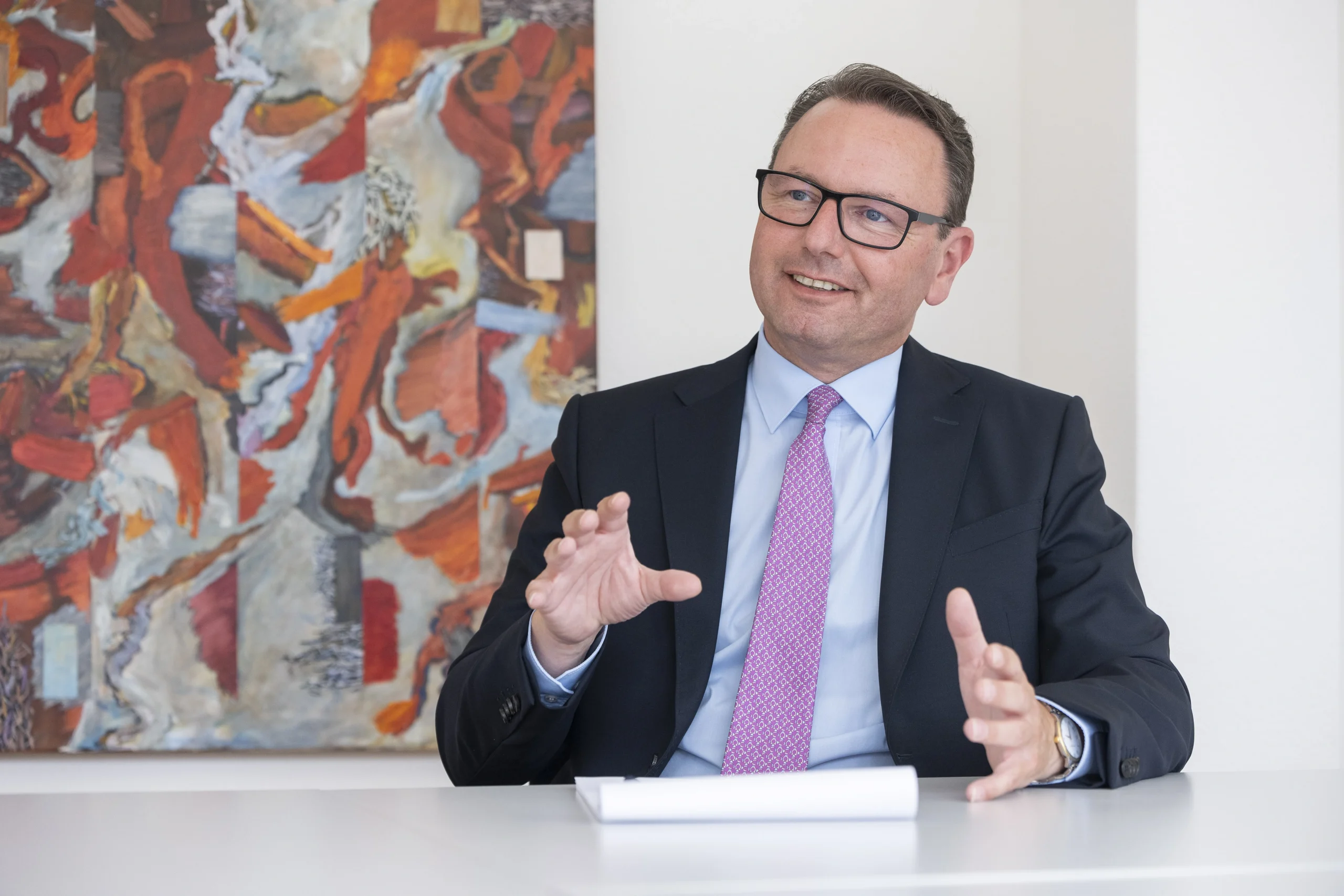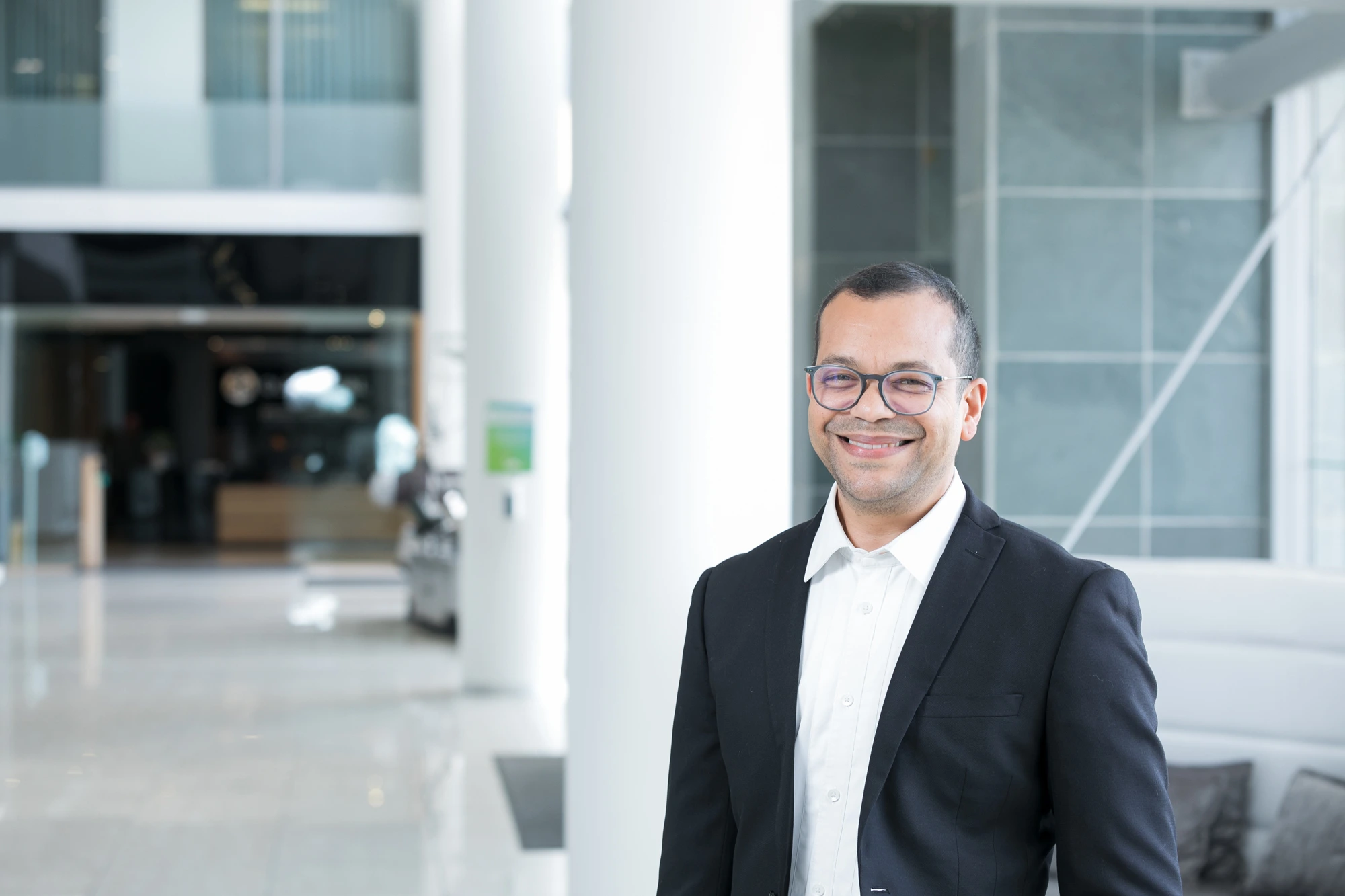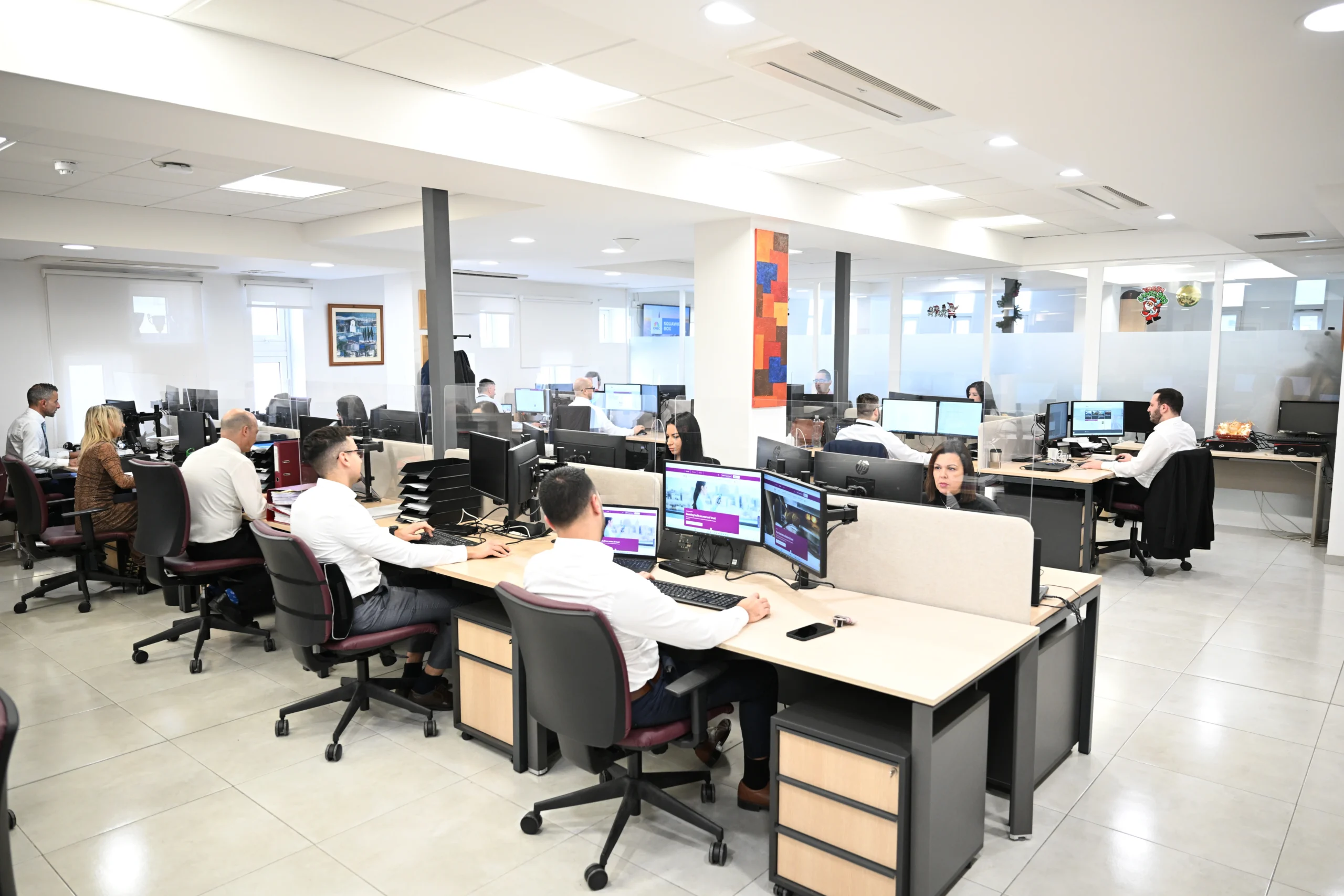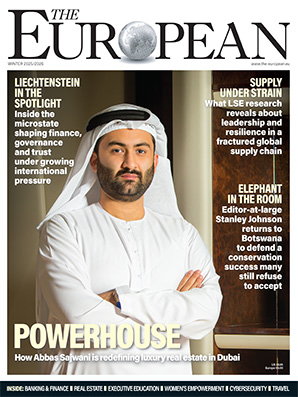The rise and rise of Novo Nordisk

John E. Kaye
- Published
- Banking & Finance, Global Economy, Home
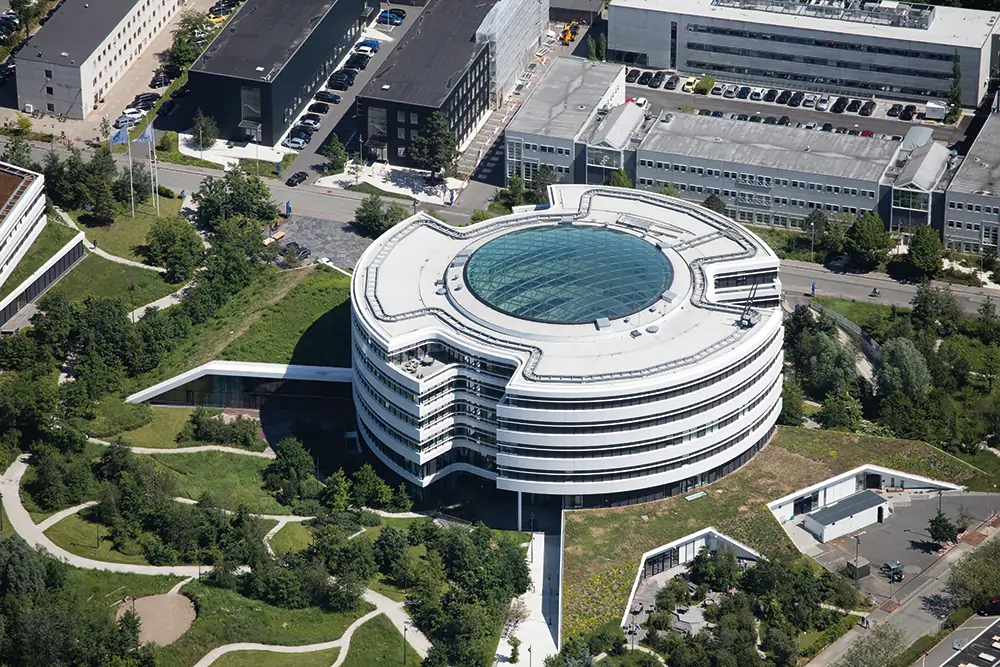
The Danish healthcare company behind drugs such as Ozempic and Wegovy is one of Europe’s few corporate success stories. Alex Katsomitros examines its meteoric rise, and looks at whether it can sustain its growth
When a fire engulfed Novo Nordisk’s offices in Bagsværd, a northern suburb of Copenhagen, last May, the flames rapidly spread on social media, with some reactions verging on the overdramatic. “My life has been ruined,” lamented one influencer, a possible reference to her reliance on the firm’s weight-loss products. For its part, the company rushed to assuage concerns that the incident, along with a previous fire at another manufacturing hub, would affect production. The episode, however, demonstrated how Novo Nordisk has transformed itself from an ordinary firm into a cultural phenomenon.
An unlikely success story
The Danish firm is no stranger to calamity. Throughout its 101-year history, it has had many ups and downs, from a 2013 dispute with the Danish tax authorities over its pricing policies, to a recent partnership with UNICEF to tackle childhood obesity. But it’s the success of its weight-loss drugs that has catapulted it to the top of the European economy. Its meteoric rise started with the invention of semaglutide, a synthetic peptide that is similar to glucagon-like peptide 1 (GLP-1), a hormone the human body produces to control blood sugar levels. When the company introduced it under the commercial name Ozempic, few people noticed, given that the drug mainly targeted Type 2 diabetes patients. As it turned out, semaglutide can also contribute to weight loss by creating a feeling of fullness.
Word of mouth did the rest, turning Ozempic into a household name, even a much-needed utility for many consumers. Several celebrities have enthusiastically endorsed its weight management effects: the American plastic surgeon and TV personality Terry Dubrow sang its praises: “It’s like the new Botox, Ozempic. I love it,” he said; the comedian Jimmy Kimmel mentioned it during the Oscars Awards ceremony; actor Rebel Wilson has admitted using it. Unusually for a drug, Ozempic has also become a social media sensation, with videos featuring influencers who share their weight-loss journeys being viewed by billions on TikTok, Facebook and YouTube. All that buzz can backfire too. In March 2023, the firm was suspended from the Association of the British Pharmaceutical Industry for two years for engaging in misleading marketing practices. Partly prompted by the Ozempic frenzy, TikTok has also taken measures to restrict the promotion of drugs.
However, few people contest semaglutide’s beneficial effects. Studies have found that it reduces the risk of cardiovascular diseases, strokes and Alzheimer’s disease, while reducing the desire for alcohol. A recent study demonstrates that it also contributes to the treatment of kidney failure. “Products that help people lose weight have been incredibly popular for the past several decades, often whether or not they actually worked,” says Catherine Rall, a nutritionist from the wellness platform Happy V. “These drugs [Ozempic and Wegovy] do help people lose weight, and they don’t require invasive surgery or radical changes to one’s diet and exercise. They did a good job of marketing their product, but it was always going to sell well.”
Ozempic’s popularity motivated Novo Nordisk to launch Wegovy, a semaglutide-based medication marketed for weight loss. “It helped that they were able to get their product to market for a specific indication – treating diabetes – before expanding its approval. This let them get valuable real-world data from patients to build their case,” says Soumya Mahapatra, an expert on medtech regulation and CEO of Essenvia, a platform accelerating regulatory submissions. The success of the two drugs has been a massive boon for the company. Boasting a revenue of 232bn Danish kroner ($33bn) in 2023, Novo Nordisk became Europe’s most valuable firm, surpassing the French luxury group LVMH. By June 2024, its value stood at $623bn, making it the world’s 12th most valuable firm.

Its success has pushed several competitors to enter the fold, as US patents on Ozempic and Wegovy will expire in 2032. The US firm Eli Lilly has already chipped away at Novo Nordisk’s market share with similar drugs for diabetes and weight loss, while several Chinese companies are also preparing to introduce cheaper versions of semaglutide. One of them, CSPC Pharmaceutical Group, has announced that it expects approval for its semaglutide-based drug by 2026. Startups like Hims & Hers Health are also developing similar drugs expected to cost a fraction of the current price.
The Danish firm faces other headwinds too. In the US, it has been criticised for charging higher prices for Ozempic and Wegovy than in Europe. The fiercest criticism so far has come from Vermont Senator, Bernie Sanders. “There is no rational reason, other than greed, for Novo Nordisk to charge Americans nearly $1,000 a month for Ozempic,” said the Democratic party stalwart in a statement last March, warning that high prices could bankrupt the US healthcare system. Sanders, who chairs the Senate Committee on Health, Education, Labor and Pensions, has launched an investigation into the matter. For its part, Novo Nordisk has argued that most American patients pay $25 or less for Wegovy, with the rest covered by insurance; Medicare covers the cost of Ozempic for diabetics. “Ozempic and Wegovy are certainly expensive, but they’re far from the only culprits, especially in the US, where health insurance policies are generally quite stingy,” says Rall, the nutritionist. Another concern is that rising demand for weight-loss drugs will indirectly affect diabetics who need them more urgently. When the Belgian government banned doctors from prescribing Ozempic for weight loss, many Belgians rushed to purchase it from neighbouring countries, creating shortages there.
Huge market
For most of its history, Novo Nordisk has been an unremarkable firm focusing on a small but stable niche market: treating diabetes, a chronic disease that affects 422 million patients according to the World Health Organisation. Currently, the company accounts for around half of the global production of insulin. With semaglutide, it hit a goldmine, entering a much more lucrative market: treating obesity. More than 40% of US adults are obese, with numbers rising even in parts of the world where the condition was previously rare, such as Africa and East Asia. Barclays estimates that the obesity treatment market could be worth $100bn by 2030.
Beyond Ozempic and Wegovy, the Danish firm is investing heavily in future solutions. One of its latest drugs (still under trial) is CagriSema, a semaglutide-based injection expected to be more effective for weight management. It has also established an R&D initiative, the Transformational Prevention Unit, to investigate alternative ways to tackle obesity. Novo Nordisk is also exploring new technologies that are expected to turbo-charge medical research, such as quantum computing.

The Nordic way
One reason for the firm’s success is its unique culture. With just five CEOs in its 101-year history, the firm boasts a culture of stability and continuity, avoiding the constant change of leadership that bedevils other large corporations. Its current President and CEO,
Lars Fruergaard Jørgensen, has worked at Novo Nordisk for more than three decades. Its “hybrid ownership structure” contributes to that sense of stability, says Martin Jes Iversen, an expert on corporate strategy and innovation who teaches at Copenhagen Business School, as the firm is controlled by an independent foundation, a feature shared by many Danish corporations. “It means that Novo Nordisk is not for sale. It is a safe harbour in a small economy, as they are not vulnerable to takeovers.”
The company’s management model is typically Scandinavian, with some of its core values being agility, curiosity and accountability. A key element of this leadership style is stakeholder engagement, meaning that decision-making is often delegated to lower-rank employees, a reflection of Denmark’s egalitarian society. Unlike their counterparts in Western Europe, North America and Asia where innovation is pursued from the top down, Danish companies shun clear hierarchical boundaries between management and frontline employees, says Martin Meller, author of a book on Scandinavian approaches to leadership: “The Danish leadership style aims to have innovation as close to the front-end employee as possible.” In the case of the drugmaker, this extends to corporate ownership. “Novo Nordisk has a very long tradition, dating back to the 1970s, of employee share schemes,” says Iversen. One challenge is safeguarding this model as the company is growing and expanding internationally. Currently, it employs 64,000 people worldwide, having added more than 20,000 since 2018. The firm has recently launched “Novo Nordisk Unknown”, a training programme that helps managers understand the firm’s values and adjust to its breakneck growth.

Denmark’s gift to Europe
For Denmark, the meteoric rise of Novo Nordisk is a boon, but also a potential source of concern. The company accounts for most of Denmark’s growth, while its market cap exceeds its annual GDP. Last year, the firm contributed around 15% of the country’s tax intake and created 20% of its new jobs in 2023. Some fear that a downturn due to increased competition could trigger a Danish version of the “Nokia-effect”: the Finnish company dominated the European tech industry in the 1990s, but its subsequent decline due to the rise of smartphones was a major hit for the country’s economy. “The more successful and impactful Novo becomes, the more the risk will increase for [Danish] society, because you have a new normality around something that is abnormal and is creating expectations,” says Iversen.
For the time being, the firm is firing on all cylinders, with its valuation potentially approaching the coveted $1tn threshold that no European business has ever reached. Can its success offer a lesson to its European peers? The old continent’s economy is in dire straits, with its firms lagging behind their US counterparts in innovation and productivity. Since the pandemic started in 2020, the eurozone’s GDP has grown by just 3.4%, less than half of US growth rates. With its emphasis on state-backed business growth and innovation, the Danish model could be the way forward, Iversen argues: “In a smaller economy like Denmark, you have a dialogue between the public and the private sector about how to deal with challenges and define a common denominator for what kind of development you want to have,” he says. “Novo has benefited from that, like other Danish and Nordic companies.”

Main image: Novo Nordisk’s Danish headquarters in Bagsværd
All images courtesy of Novo Nordisk
Sign up to The European Newsletter
RECENT ARTICLES
-
 Liechtenstein lands AAA rating again as PM hails “exceptional stability”
Liechtenstein lands AAA rating again as PM hails “exceptional stability” -
 Lusaka Securities Exchange surges ahead on reform momentum
Lusaka Securities Exchange surges ahead on reform momentum -
 PROMEA leads with ESG, technology and trust in a changing Swiss market
PROMEA leads with ESG, technology and trust in a changing Swiss market -
 Why collective action matters for pensions and the planet
Why collective action matters for pensions and the planet -
 Structuring success with Moore Stephens Jersey
Structuring success with Moore Stephens Jersey -
 PIM Capital sets new standards in cross-jurisdiction fund solutions
PIM Capital sets new standards in cross-jurisdiction fund solutions -
 Innovation, advisory and growth: Banchile Inversiones in 2024
Innovation, advisory and growth: Banchile Inversiones in 2024 -
 Digitalization, financial inclusion, and a new era of banking services: Uzbekistan’s road to WTO membership
Digitalization, financial inclusion, and a new era of banking services: Uzbekistan’s road to WTO membership -
 Fermi America secures $350m in financing led by Macquarie Group
Fermi America secures $350m in financing led by Macquarie Group -
 Banchile Inversiones receives three prestigious international awards
Banchile Inversiones receives three prestigious international awards -
 What makes this small island one of the world’s most respected financial hubs?
What makes this small island one of the world’s most respected financial hubs? -
 MauBank wins international award for tackling barriers to finance
MauBank wins international award for tackling barriers to finance -
 ‘It’s like a private bank but with retail rates’: Inside Jersey’s mortgage market for new high-value residents
‘It’s like a private bank but with retail rates’: Inside Jersey’s mortgage market for new high-value residents -
 How one fintech is using AI to fix Latin America’s broken mortgage system
How one fintech is using AI to fix Latin America’s broken mortgage system -
 Why the humble trading journal could be your edge in volatile markets
Why the humble trading journal could be your edge in volatile markets -
 The smart way to structure family wealth: Why Liechtenstein funds are in demand
The smart way to structure family wealth: Why Liechtenstein funds are in demand -
 How market concentration is creating new risks and opportunities
How market concentration is creating new risks and opportunities -
 Staying the course in an unpredictable market
Staying the course in an unpredictable market -
 Decision-making factors when establishing a foundation
Decision-making factors when establishing a foundation -
 Why the British Virgin Islands remains a top destination for global business
Why the British Virgin Islands remains a top destination for global business -
 Malta’s growing appeal as a financial services domicile
Malta’s growing appeal as a financial services domicile -
 Matthieu André on AXA IM Select’s award-winning approach to multi-manager investing
Matthieu André on AXA IM Select’s award-winning approach to multi-manager investing -
 A legacy built on trust
A legacy built on trust -
 U.S voters slam economy as ‘on wrong track’ — but back skills revolution, poll finds
U.S voters slam economy as ‘on wrong track’ — but back skills revolution, poll finds -
 Liechtenstein financial centre: A safe haven in uncertain times
Liechtenstein financial centre: A safe haven in uncertain times

